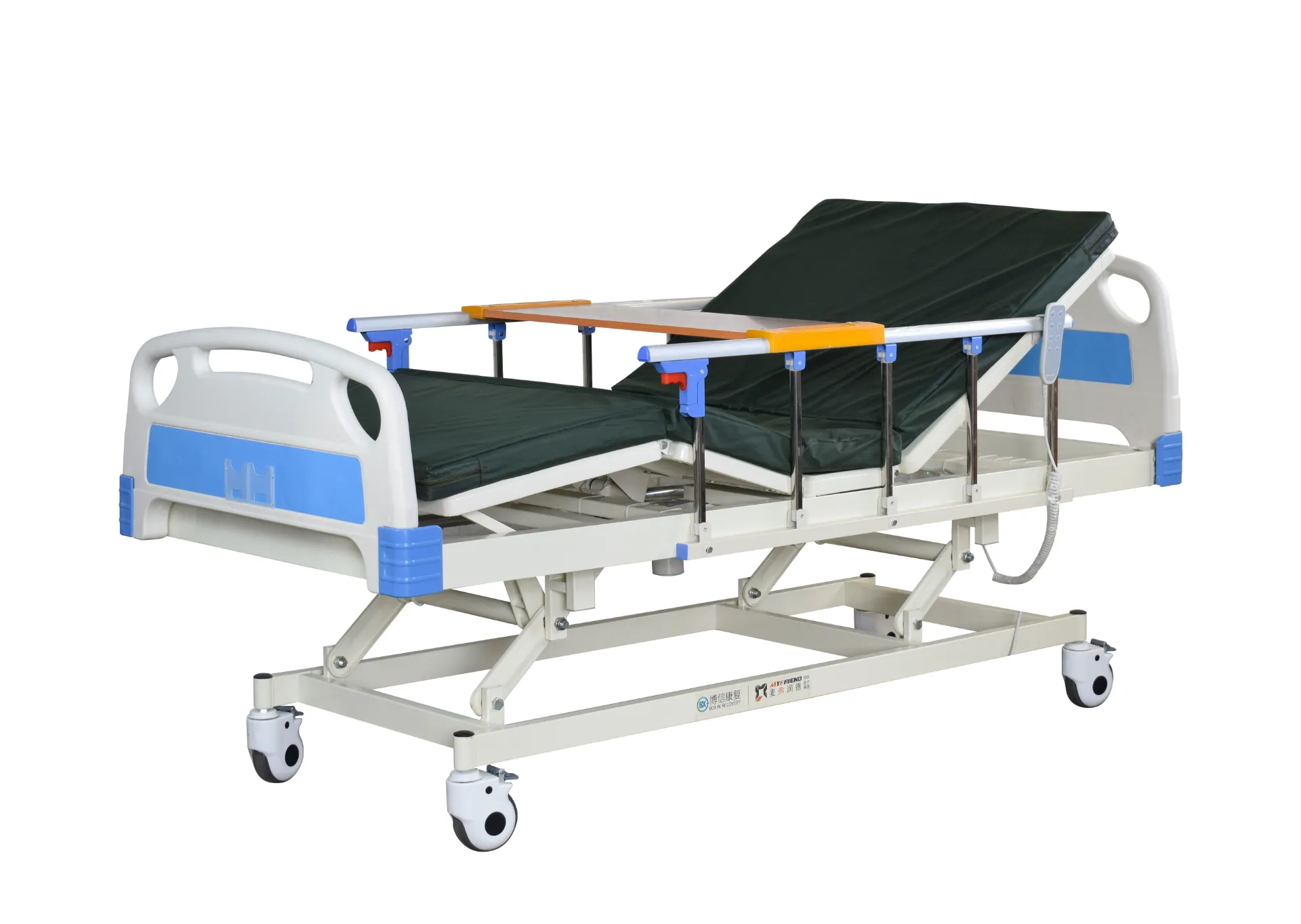Welcome to our websites!
Effective Solutions for Preventing Pressure Sores with Anti-Decubitus Mattresses
The Importance of Anti-Decubitus Mattresses for Pressure Ulcer Prevention
Pressure ulcers, also known as bedsores or decubitus ulcers, are a significant health concern, particularly for individuals with limited mobility. These sores can develop when pressure is applied to the skin for prolonged periods, leading to reduced blood flow and tissue damage. An effective way to mitigate this risk is through the use of anti-decubitus mattresses.
Understanding Pressure Ulcers
Pressure ulcers typically occur over bony areas of the body, such as the heels, sacrum, and elbows. They are classified into different stages based on their severity, ranging from simple skin reddening to deep tissue damage. The development of these ulcers can lead to severe complications, including infections, prolonged hospital stays, and increased healthcare costs. Preventing these injuries is crucial, especially in vulnerable populations such as the elderly, patients with spinal cord injuries, or those undergoing long-term bed rest.
The Role of Anti-Decubitus Mattresses
Anti-decubitus mattresses are specially designed to alleviate the pressure exerted on the skin and underlying tissues. These mattresses employ various technologies and materials to redistribute body weight evenly, thus reducing the likelihood of pressure ulcer formation. There are several types of anti-decubitus mattresses, including
1. Foam Mattresses Made from high-density foam, these mattresses provide excellent support and comfort while conforming to the body’s shape. They can effectively reduce pressure points and are often used in homecare and hospital settings.
2. Air-Inflatable Mattresses These mattresses feature air chambers that can be adjusted to different levels of inflation. By alternating pressure points, air-inflatable mattresses improve blood circulation and reduce the risk of ulcers. They are especially beneficial for patients with a high risk of developing pressure ulcers.
anti decubitus mattress

3. Gel-Filled Mattresses These mattresses combine foam with gel material to provide a cooling effect while offering support. The gel helps distribute pressure evenly, making them ideal for patients who may be sensitive to heat generation.
4. Hybrid Mattresses Some mattresses combine various technologies, such as foam and air, to maximize benefits. These hybrids can adapt to the individual’s needs and can be customized for various body types and conditions.
Choosing the Right Mattress
Selecting the appropriate anti-decubitus mattress depends on several factors, including the patient’s level of mobility, skin condition, and specific healthcare needs. Healthcare providers and caregivers should assess the risk factors for each individual, such as mobility impairments, nutritional status, and moisture levels, to determine the best mattress type.
Additionally, it’s essential to monitor the patient’s skin integrity regularly. Routine checks can help identify early signs of pressure ulcers, allowing for timely intervention and modification of care plans.
Conclusion
Anti-decubitus mattresses play a critical role in preventing pressure ulcers for at-risk individuals. By effectively redistributing pressure and enhancing blood flow, these mattresses can significantly reduce the incidence of these painful and potentially life-threatening injuries. As the healthcare community continues to prioritize patient safety and comfort, it is vital to recognize the importance of investing in high-quality anti-decubitus mattresses as part of comprehensive patient care strategies. By doing so, we can enhance the quality of life for many patients, allowing them to recover more comfortably while minimizing the complications associated with pressure ulcers.
-
Transforming Healthcare with Hospital FurnitureNewsJun.24,2025
-
Rehabilitation EquipmentNewsJun.24,2025
-
Mobility and Independence with WheelchairsNewsJun.24,2025
-
Freedom of Mobility with Our Rollator WalkersNewsJun.24,2025
-
Comfort and Independence with Commode ChairsNewsJun.24,2025
-
Bathing Safety and Independence with Shower ChairsNewsJun.24,2025
-
Navigating the Wholesale Landscape of Electric Mobility Solutions: Key Considerations for Power Wheelchair DealersNewsJun.10,2025











